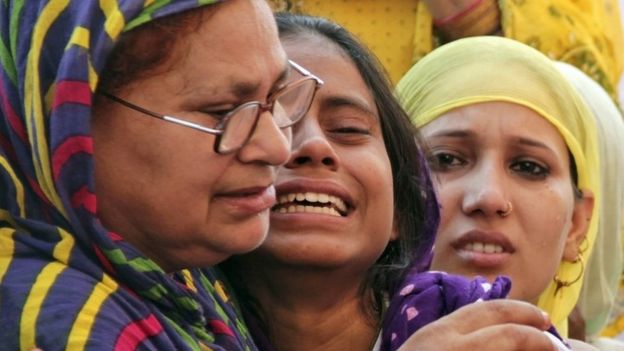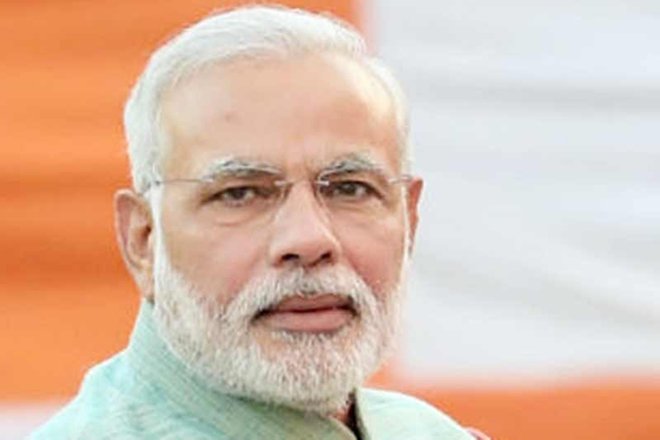Prime Minister Narendra Modi’s slogan ‘na khaunga, na khane doonga’ (will neither be corrupt nor let anyone be corrupt) once served as a rallying cry against the entrenched corruption in the political system. It propelled him to power, painting him as a crusader against graft. Yet, recent incidents, such as the collapse of the Chhatrapati Shivaji Maharaj statue in Maharashtra and the leaking roof of the new Parliament building in New Delhi, cast a long shadow over this claim, exposing the crumbling foundations of the much-touted ‘Modi model’.
The 35-foot statue, unveiled with fanfare by Modi himself less than a year ago, lies in ruins, a victim of rusted nuts and bolts. This monumental blunder is not merely a case of shoddy workmanship; it is emblematic of the rot that has set in at the core of the government’s projects. The contractor, conveniently linked to those in power, stands accused of collusion, fraud and endangering public safety, while the government scrambles to shift the blame onto anything but its own negligence. The steel used in the statue had already begun to rust; yet, despite repeated warnings, no action was taken. Then there is the new Parliament building, a symbol of Modi’s ambition to reshape India’s democratic institutions. Constructed at an exorbitant cost of nearly Rs 1,000 crore, the building was quickly reduced to a laughing stock when a video emerged showing water leaking through its roof.
Modi’s tenure has been marked by grand announcements and mega projects, but beneath the surface lies a pattern of cutting corners, favoritism and a blatant disregard for quality and accountability. The government that promised to end corruption has become a factory of half-baked, poorly executed projects, all the while shielding its cronies from dire consequences. The irony is stark.
(Tribune, India)





Be the first to comment